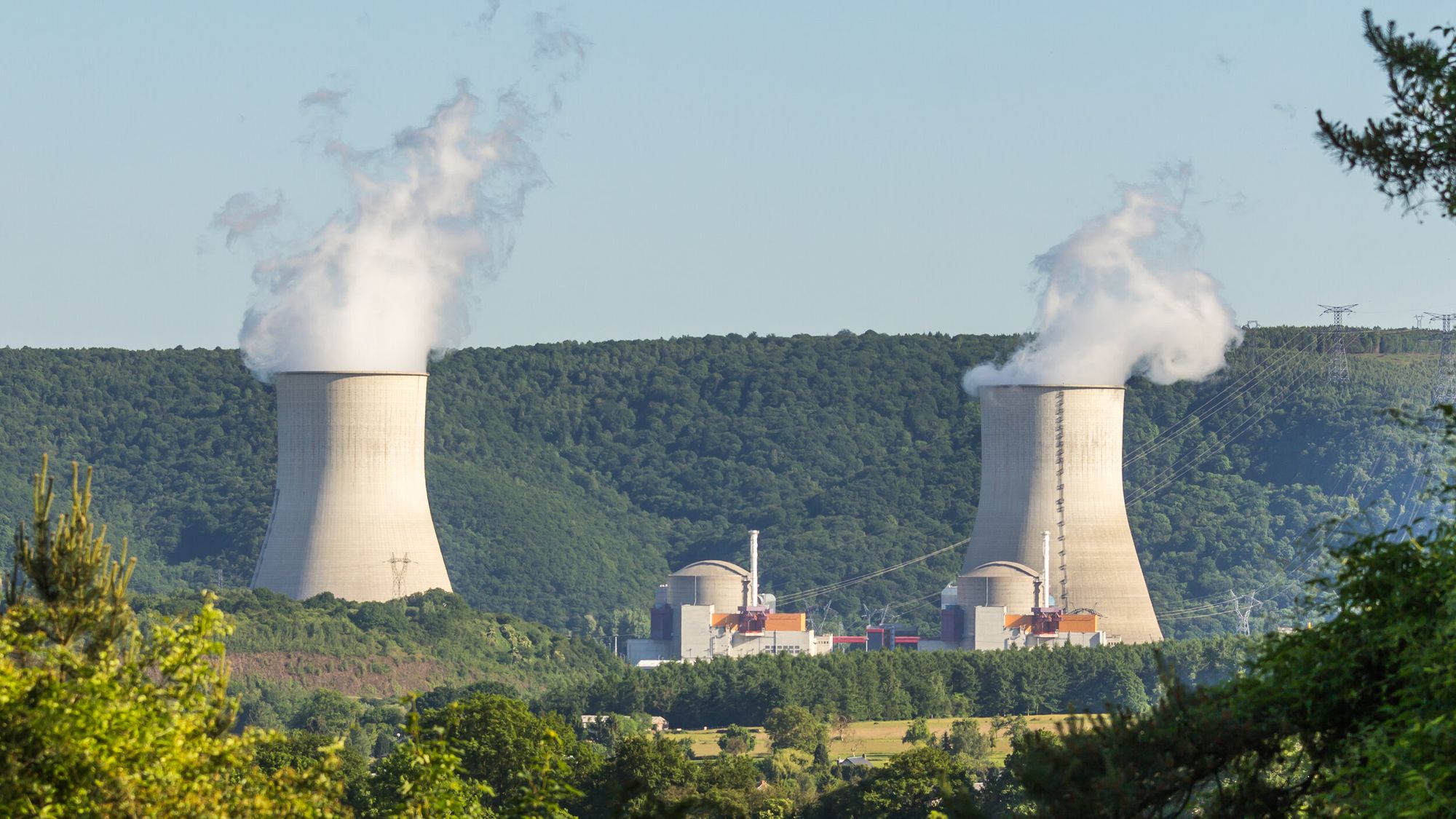Seeing Double: Nuclear Power Isn’t the Future


Dozens of people died in the 1986 nuclear disaster at Chernobyl, in northern Ukraine, and the best estimates indicate that at least 9,000 more will die of illnesses related to the radioactive blast. Hundreds of thousands evacuated the area and work to clean up the radioactive mess has lasted decades and will continue for many more. It was a devastating catastrophe that nobody wants to repeat.
And yet last week, Russian invaders shelled the Zaporizhzhia nuclear plant in southern Ukraine — the largest in Europe — and set fire to a training building only yards from functioning reactors. While the plant’s heavy concrete shielding prevented any radiation leaks (this time), the attack shocked and alarmed the world. You could feel the panic in the headlines as everyone waited for a second Chernobyl.
Thankfully, the Zaporizhzhia reactors were built to shut down safely in the case of an emergency. Right now, most of them are turned off. But that’s not the whole story. As it turns out, the power plant’s reactors depend on cooling for weeks after shutting off to be safe. If cooling systems are damaged, they could melt down and explode just like Chernobyl and Fukushima, a nuclear plant in Japan that exploded in 2011 after a tsunami took out its cooling. Zaporizhzhia’s reactors might be safer, but they aren’t safe. If the Russian military wanted to cause a nuclear disaster, they could — and easily.
It is this “but” — safer but not safe — that should turn us away from nuclear power. At its core, nuclear power is dangerous. No matter how many engineers we enlist to make it safer, nuclear power still involves carefully controlling atomic forces with very little margin for error. It is pure hubris to think that technology can save us from the danger posed by nuclear fission. We can’t design danger out of a process that is inherently dangerous.
And yet it’s clear that in the face of the climate crisis, we need to act fast to decarbonize our economy. Nuclear power promises an easy transition: reactors generate vast amounts of reliable power with zero emissions. We could build them across the world to power everything — some people fervently argue for such an energy revolution. Meanwhile, we need not change our consumption-oriented lifestyles.
But the world at the end of that transition would be an extraordinarily dangerous place. Nuclear plants are built for one reality — peacetime control under a specific regulatory regime — and then subjected to wars, natural disasters, and regime changes. Any system can only take so much stress until it breaks, and no human technology is ever free of defects. It’s guaranteed that some reactors would break down, poisoning our air, water, and ground with radiation.
Moreover, extremists or invading governments could use the threat of meltdowns to force local populations to comply. It’s far easier to build reactors to be disaster-resistant than to resist tampering. Anyone with enough drive could infiltrate a plant and cause a meltdown. Perhaps even scarier is what can be done with radioactive waste, which is extremely dangerous for years after it is produced.
And invariably, the nuclear plants needed to shift away from fossil fuels would be built near the most vulnerable people. One of the reasons that the climate crisis is so dire now is that the people with the least political power are subject to its worst effects. One example of this is the placement of power plants, which cause significantly higher mortality rates in their surrounding populations. It isn’t wealthy folks fighting offshore wind who bear that burden. It’s poor folks and Black folks, like the families that live near the trash incinerator in my hometown, who suffer because of our energy choices. Nuclear plants would be no different. Those with power will force reactors to be built elsewhere or relocate, and those without power will suffer when they inevitably explode or leak.
Thankfully, we have other options. Renewables have become very good at producing clean, actually-safe energy. The offshore wind project near Martha’s Vineyard that wealthy detractors almost killed will power 400,000 homes without posing any radiation threat whatsoever. And while both solar panels and wind turbines produce difficult-to-recycle waste, at least that waste isn’t highly toxic. Coupled with techniques to reduce consumption, like Carleton College’s brand-new geothermal heating system, renewables can power our future. (Amherst College is currently working on its own very similar system to meet its climate action goals.)
We can end the climate crisis with renewable power, more efficient construction and manufacturing, and small-but-substantial lifestyle changes. Nuclear power need not, and should not, play a role. I haven’t even mentioned some of the other problems with nuclear, such as its extraordinary centralization or connections with nuclear weapons. Its danger — unique among “clean” power sources — is enough to convince me to stay far away.
Nuclear power might be better than fossil fuels. It’s cleaner and probably even safer. But thinking that we can make nuclear reactors safe is nothing but hubris. How many more nuclear disasters will it take until we realize that?